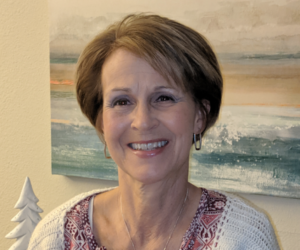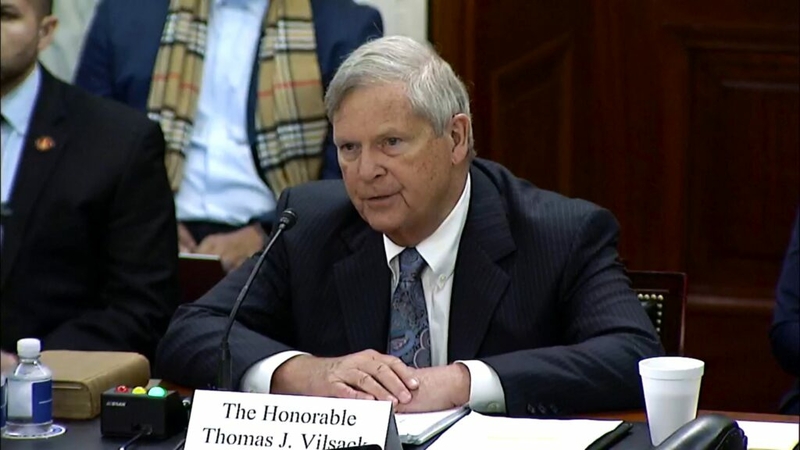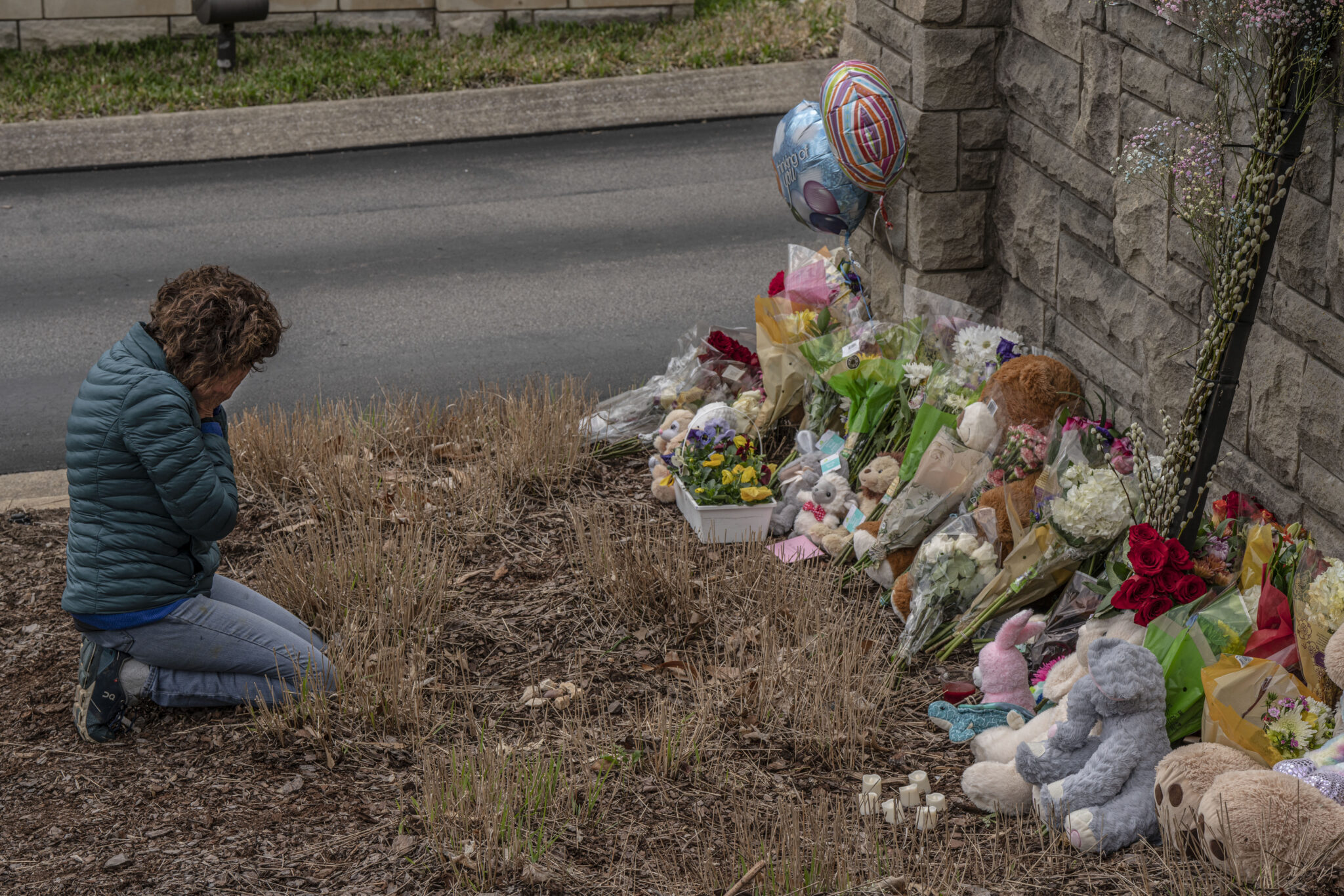WASHINGTON (GA Recorder) — U.S. House Republicans tussled with Agriculture Secretary Tom Vilsack and Democratic committee members over work requirements in federal nutrition programs as well as spending levels for those programs at a Tuesday hearing.
Republican members of the House Agriculture Committee charged Vilsack with evading bipartisan oversight in the USDA’s 2021 redesign of the Thrifty Food Plan, one of four food plans that the department creates and which is directly tied to Supplemental Nutrition Assistance Program benefits for low-income Americans.
Republicans during the lengthy hearing also criticized nutrition’s “outsized” proportion of farm bill spending as they lobbied for tightened allocations to the Supplemental Nutrition Assistance Program or SNAP.
The Supplemental Nutrition Assistance Program is the predominant federal nutrition safety net for low-income Americans. The program, formerly known as food stamps, cost $233 billion overall in 2021 and 2022 while serving more than 41 million people nationwide, according to the USDA.
Let us make this farm bill sing into the night with a song for our veterans, our poor, those who need our help – Georgia U.S. Rep. David Scott
The USDA’s update to the plan is expected to increase meal benefits by 40 cents per meal for every enrollee. The update, authorized in the 2018 farm bill, is also expected to add roughly $250 billion in spending to the USDA budget over the next 10 years, according to a recent CBO report.
Republican Pennsylvania Rep. Glenn “GT” Thompson said Vilsack and his department authorized a revision that “upended congressional consensus” and didn’t account for its effects in relation to record farm sector debt and a diminished safety net.
“When parties begin to act unilaterally, trust begins to erode,” Thompson said. “Unfortunately, this administration has consistently upended congressional consensus through a series of unilateral executive decisions that will resonate for decades.”
Democratic members, in contrast, spoke to the moral imperative to support needy populations through expanding access to SNAP.
They credited the department’s redesign of the Thrifty Food Plan as a long-overdue update to a tool that lifts communities out of poverty and upholds democracy.
Democratic Rep. David Scott of Georgia, the ranking member of the committee, said in his opening testimony that he is worried about a nutrition work requirement bill introduced by Republican Rep. Dusty Johnson of South Dakota. Scott said that would put the SNAP benefits of an estimated 10.5 million people at risk.
The bill, if passed, would require able-bodied adults without dependents ages 18 through 65 to work or participate in a work training or education program for at least 20 hours per week to receive continuous SNAP support.
Johnson’s legislation would also remove states’ ability to request a waiver for the work requirement from USDA if states lack enough available jobs to hire enrollees.
“I’m very concerned about the impact that certain pieces of legislation (are) having on SNAP,” said Scott. “Let us make this farm bill sing into the night with a song for our veterans, our poor, those who need our help.”
Vilsack, a former governor of Iowa, said that his department was “excited” to use the updated food plan to increase food security across the country while bolstering the connections between these families and the farm community.
Republicans defend expanded work rules
Republican lawmakers questioned Vilsack about the demographic makeup of enrollees in the SNAP program and expressed concerns over perceived fraud and inefficient spending.
Johnson, in response to Scott’s opening statement, said that “fearmongering” over tightened work requirements in SNAP would not help Americans get the help they need. He added that Scott’s comments “demonized” a past bipartisan commitment to work in SNAP dating back to 1996.
“Work is not punishment; work is opportunity,” Johnson said. “There is no pathway out of poverty that doesn’t include some mixture of work, education, and training. And we want to lift up those families that need that work and that education and that training.”
Republican Rep. Austin Scott of Georgia pressed Vilsack on current spending levels for farm commodity programs and the farm safety net, which represent 12% of the farm bill, in contrast to the roughly 81% spent on nutrition programs.
“I think everybody in America that is watching this is smart enough to recognize that the volume of food, as we’ve seen with eggs, there are supply-and-demand issues there,” Scott said. “No matter how much you give somebody in SNAP benefits, the cost of groceries continues to go up because of inflation and bad policy, and then they have less food to eat at the end of the day.”
Republican Tennessee Rep. Scott DesJarlais asked Vilsack to provide a percentage estimate of the number of “illegals” who were enrolled in SNAP, referring to undocumented immigrants.
“I think that there’s no one in this room that can’t look at the news and agree that we have a problem at our southern border, with illegals flowing in,” DesJarlais said.
“I’m not sure that illegal people can qualify for SNAP,” Vilsack responded.
“There’s about 11 exceptions to those rules, and I’m sure you’re aware of them,” DesJarlais said.
“I would say that there may be exceptions to this rule,” Vilsack responded. “But for the vast, vast, vast majority of those 41 million, you’re probably talking about American citizens or people who are getting those benefits legitimately.”
“There’s estimates of 20 to 30 million people living here illegally, and the Center for Immigration Studies shows that 45% of non-citizen households are on SNAP benefits, and 21% of citizen households are on SNAP benefits,” DesJarlais said, citing a group that advocates for lower immigration levels.
“I think that it’s fair to say that anywhere between 10 and 20% of the SNAP benefits are going to people here illegally, and no one’s given me the information I’ve asked for yet to disprove that.”
Republican Rep. Barry Moore of Alabama asked Vilsack if USDA is attempting to track undocumented immigrants enrolled in the program and why roughly 81% of the farm bill went to SNAP with only 20% going to producers.
“Let me ask you a question, Congressman,” Vilsack replied. “What do you think about the fact that there are working men and women with children who require SNAP because they’re working for $7.50 an hour? Do you think we should increase the minimum wage?”
“No, you can’t increase the minimum wage,” Moore responded. “It doesn’t work. When you increase the minimum wage, everything else in the economy goes up. Every time we print dollars in D.C., basically, we are creating inflation. And that’s the problem the American farmers are facing right now.”
Democrats decry ‘beating up on poor people’
Democratic members of the committee stood firm against cuts to SNAP, saying they target the nation’s vulnerable populations and access to nutritious food is a fundamental human right.
“I don’t know why, but as we’re getting to do a farm bill here, we have people coming out of the woodwork again beating up on poor people,” said Democratic Rep. Jim McGovern of Massachusetts. “If we want a farm bill, we ought not to screw around with SNAP.”
McGovern said that recent studies have shown work requirements do not positively impact the employment or income of program enrollees.
Democratic Connecticut Rep. Jahana Hayes said that increases in SNAP benefits from the reevaluated Thrifty Food Plan kept nearly 2.3 million people out of poverty last year.
She pointed out that undocumented immigrants are not eligible for SNAP benefits, and people who have received asylum are here in the country legally.
Rep. Jonathan Jackson of Illinois asked Vilsack what the benefits of SNAP are that Congress should be aware of.
“There’s data that indicates obviously that SNAP is one of the most effective poverty-reducing programs, if not the most effective poverty-reducing program, we have,” Vilsack said.
Democratic Ohio Rep. Shontel Brown added that spending in SNAP does not have to be offset by cuts to other programs.
“It is misguided to suggest that investing in families comes at the expense of our investing in our farmers,” she said. “No one is exempt from the call to feed the hungry.”



















